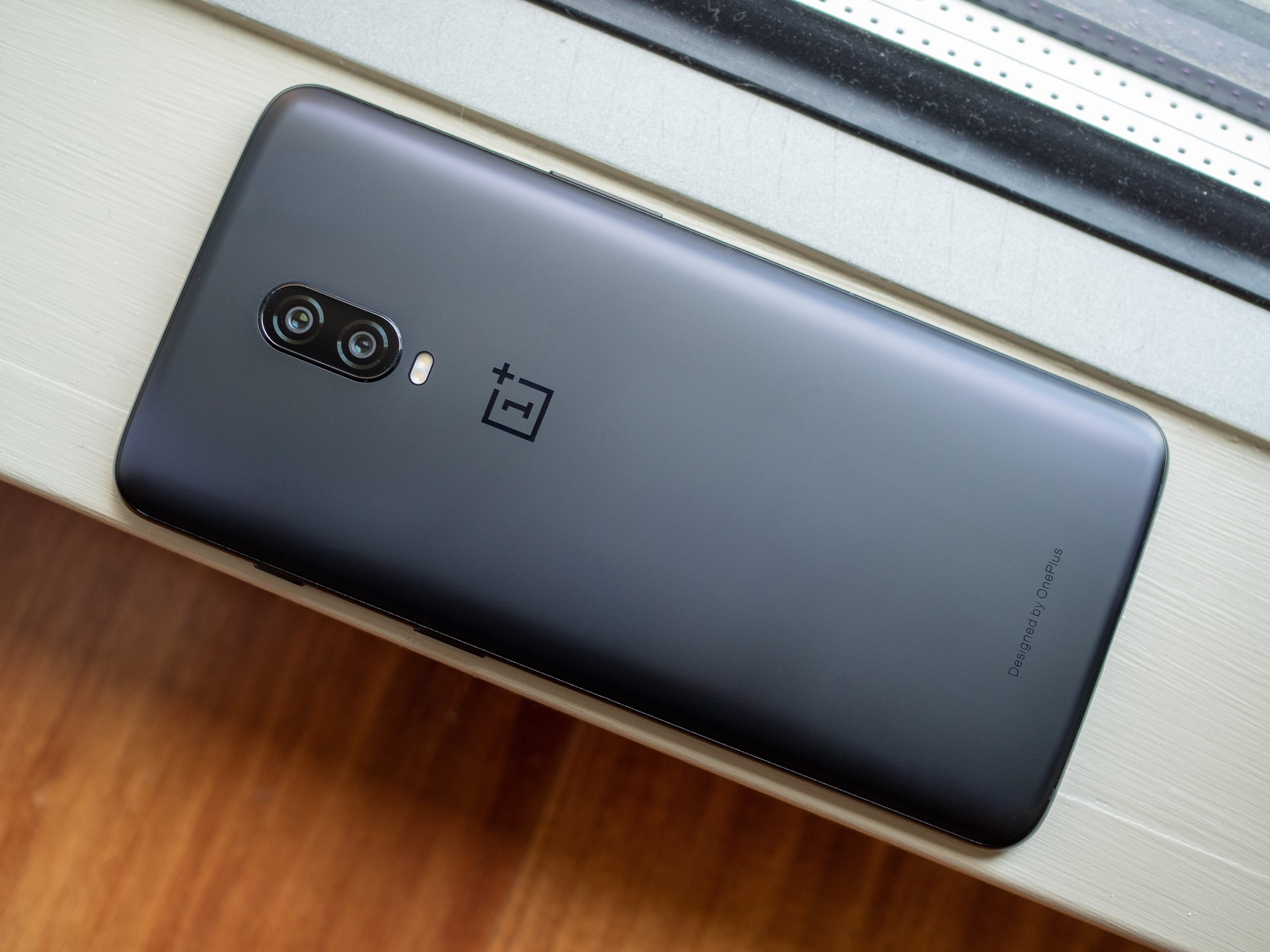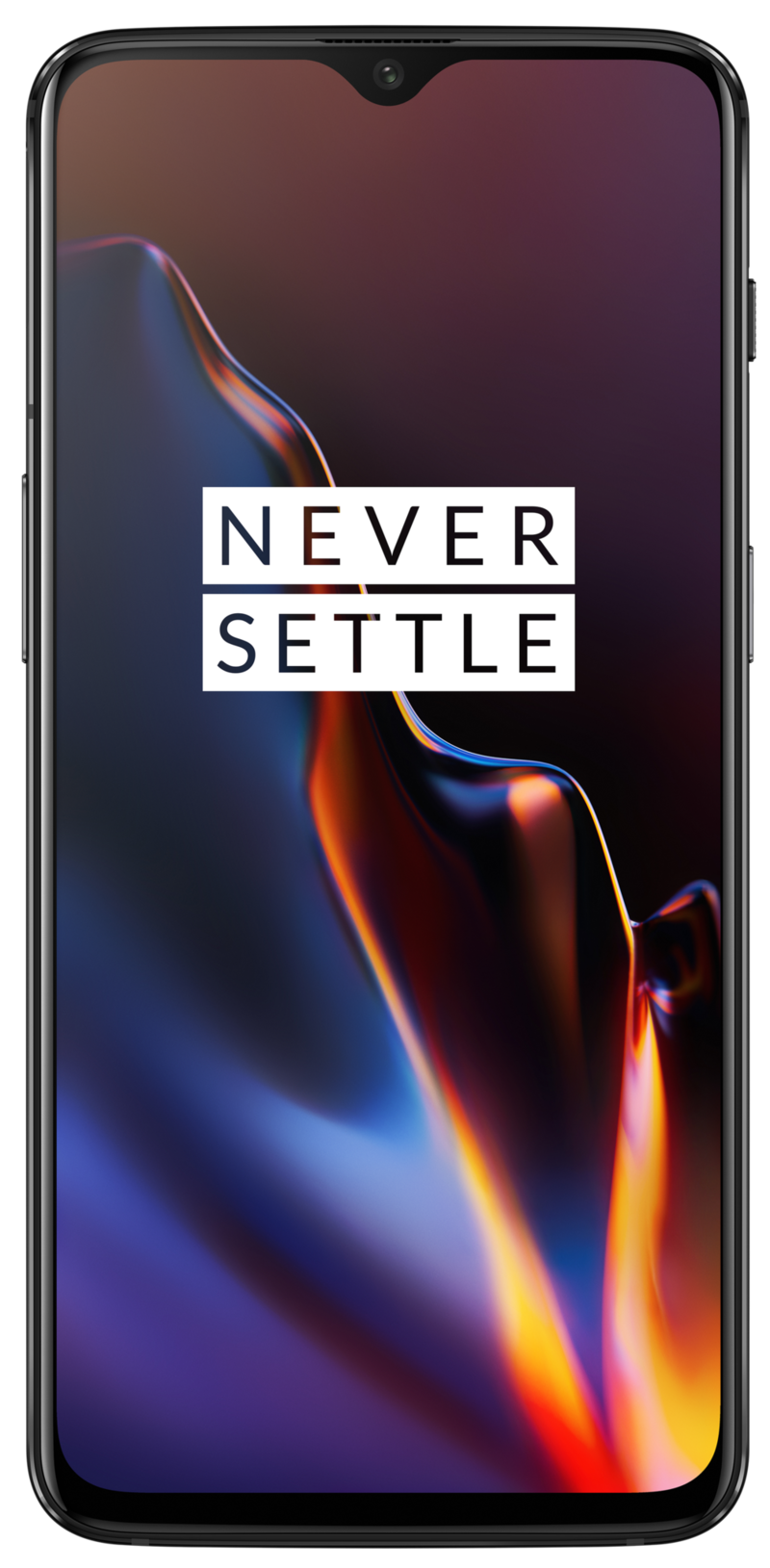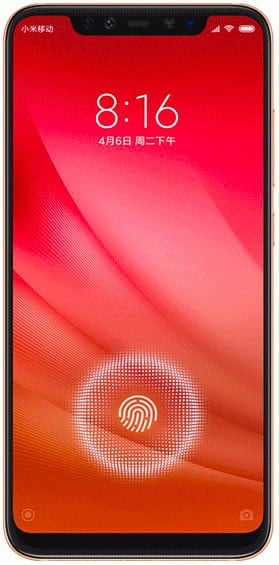Xiaomi Mi 8 Pro vs. OnePlus 6T: Which should you buy?

OnePlus 6T

OnePlus's latest flagship is the culmination of years of progress for the nascent brand. It's as fast or faster than most $1000 flagships, boasts as much RAM and storage as you could ever want, and has the nicest software outside of Google's Pixel series. The biggest thing you miss out on is an excellent camera, but even there the 6T punches above its weight.
OnePlus 6T
Pure speed
Xiaomi Mi 8 Pro

Xiaomi's first flagship entry into the UK market is a great-looking phone that's also excellent value for money, particularly if photo quality is important. But its MIUI software, currently based on Android Oreo, may be offputting. And the mere 3,000mAh cell means multi-day battery life is out of the question for all but the lightest of users.
Xiaomi Mi 8 Pro
A challenger approaches
Here are two phones with identical starting prices and very different priorities. The 6T embodies OnePlus's transformation from a niche enthusiast brand into a mainstream hit, while the Xiaomi Mi 8 Pro is more of a traditional flagship phone, with a smaller size and greater emphasis on things like camera hardware.
What's the difference between the OnePlus 6T and Xiaomi Mi 8 Pro?
The most noticeable difference between these two phones is their size. An extra 0.2 inches on the diagonal makes the Xiaomi Mi 8 Pro more one-handable than the OnePlus 6T. (Though for some, the 6T's expansive display may be a reason to buy.) The Mi 8 Pro's smaller size means it has a significantly lower battery capacity than than the 6T, though at least it's kitted out with the latest Qualcomm Quick Charge 4 for speedy refills. The shape of the Mi 8 Pro is more iPhone-like than many Android phones, with softly rounded corners and sides, and even a camera module styled after Apple's latest handsets. Size aside, the display quality of both phones is impressive, with ample daylight visibility and vivid colors. The 6T pushes the limits of reasonable pixel density at Full HD; nevertheless, these are both great displays.
The core specs are evenly matched outside of a couple of areas. Both are Snapdragon 845 handsets with RAM starting at 6GB and storage at 128GB. Both offer in-screen fingerprint solutions that aren't great, but are just about acceptable. Both have bottom-firing speakers and lack removable storage, 3.5mm headphone jacks and any kind of official IP rating. Both support two of the quickest quick-charging implementations around: the standard formerly known as Dash Charge on the 6T, and Qualcomm's Quick Charge 4+ on the Mi 8 Pro.
Yet the battery capacities here are miles apart. The OnePlus 6T is one of the best-performing Android phones of the moment for battery life, with a healthy 3,700mAh power pack, while the Mi 8 Pro is at best average with its 3,000mAh cell.
| Category | OnePlus 6T | Xiaomi Mi 8 Pro |
|---|---|---|
| Operating system | Android 9 Pie | Android 8.1 Oreo |
| Display | 6.41-inch AMOLED, 2340x1080 Gorilla Glass 6 | 6.21-inch AMOLED, 1080 x 2248 Gorilla Glass 5 |
| Processor | Qualcomm Snapdragon 845 | Qualcomm Snapdragon 845 |
| RAM | 6/8/10GB | 6/8GB |
| Storage | 128/256GB | 128GB |
| Expandable | No | No |
| Rear camera 1 | 16MP (IMX 519), 1.22-micron, f/1.7, OIS 4K/60, 1080p/240, 720p/480 video | 12 MP, 1.4-micron, f/1.8, 4-axis OIS, dual pixel PDAF |
| Rear camera 2 | 20MP (IMX 376K), 1-micron, f/1.7 | 12 MP, 1-micron, f/2.4, AF, 2x optical zoom |
| Front camera | 16MP (IMX 371), 1-micron, f/2.0 | 8MP, f/1.7, auto focus |
| Connectivity | Wi-Fi 802.11ac 2x2 MIMO, Bluetooth 5.0 LE, NFC, GPS | Wi-Fi 802.11ac 2x2 MIMO, Bluetooth 5.0 LE, NFC, GPS |
| Audio | Bottom-firing speaker USB-C | Bottom-firing speaker USB-C |
| Battery | 3700mAh Non-removable | 3000mAh Non-removable |
| Charging | 20W Fast Charge (formerly Dash Charge) | Qualcomm Quick Charge 4+ |
| Water resistance | No IP rating | No IP rating |
| Security | In-screen fingerprint + Face unlock | In-screen fingerprint + face unlock |
| Dimensions | 157.5 x 74.8 x 8.2 mm 185 g | 154.9 x 74.8 x 7.6 mm 177 g |
| Colors | Midnight Black, Mirror Black, Thunder Purple, Speed Orange | Black (transparent), Meteorite black, Twilight Gold |
The most tangible differences though, outside of the physical size of these devices, have to do the software experience and camera quality on offer.
Get the latest news from Android Central, your trusted companion in the world of Android
OnePlus's OxygenOS is one of our favorite Android experiences thanks to its clean near-stock Android look and lightning-fast performance. OnePlus's vision of Android doesn't stray far from Google's, yet in many cases, the company seems to do a better job optimizing the software even than Android's creators. The current OxygenOS 9 that ships on the OnePlus 6T is also based on the latest iteration of Android, version 9 Pie, and the firm has an excellent track record for fast software updates. What's more, OxygenOS offers a ton of customization options, including reprogrammable buttons, gesture controls and an excellent always-on display feature. If you like to tweak and tinker, you'll find plenty to play with here.
Xiaomi's MIUI is highly differentiated, and doesn't really look like any other Android skin. It has its own angular look, with pastel colors, flat menus and icons, and pleasing animations. It's also fairly feature-rich, with Xiaomi's own creations like the Mi Drop file transfer app building on . However right now the Mi 8 Pro's software is based on Android 8.1 Oreo, so you'll need to wait for a slice of Android Pie. What's more, Xiaomi's track record with fast software updates is less than stellar.
Nicer software from the 6T versus better pics from the Mi 8 Pro.
OnePlus has historically relied on software processing to pull ahead in the photographic arena, and the 6T puts in a decent performance with its 16-megapixel, optically stabilized main camera. (The second lens is for depth sensing in portrait shots and nothing else.) Most recently, OnePlus added a dedicated night mode for clearer low-light captures, further nipping at the heels of expensive flagships. But the Mi 8 Pro has an undeniable hardware advantage, with a superior 12-megapixel sensor with larger pixels, allowing for better low-light captures and higher dynamic range without leaning on software magic.
What's more, the Mi 8 Pro has a dedicated secondary telephoto camera, a feature missing from the 6T. OnePlus continues to rely on digital zoom, and the difference is plain to see. Despite some great software from OnePlus, Xiaomi has the advantage here.
Overall, this pairing is stacked in OnePlus's favor. It has the more capable phone overall, mainly thanks to a bigger battery, better software and truly exceptional performance. But if you want the best camera at this price, the Mi 8 Pro is equally worthy of consideration — assuming you can live with the software and battery life trade-offs.

The best affordable flagship
The OnePlus 6T is the best Android experience you can have for under £500 -- and there's a strong case for saying it's one of the best smartphones available, period. OnePlus gets the fundamentals right, and offers the fastest performance and some of best software features out there.

Alex was with Android Central for over a decade, producing written and video content for the site, and served as global Executive Editor from 2016 to 2022.
